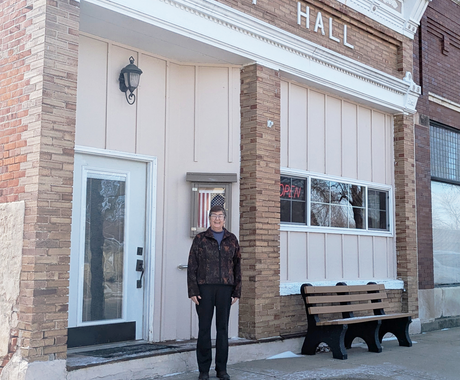Infrastructure is often the first hurdle to high-speed internet access for rural Americans, but it isn’t the last.
Once the wires have been laid, residents still have to pay to use the service. Subscriber fees can vary widely, but they are frequently higher for communities and households in rural areas, where long stretches of fiber optic cable reach fewer access points relative to urban settings that have more people living within a smaller space. Greater lengths of cable means higher installation and maintenance costs for internet providers, driving up access fees for rural residents.
The Affordable Connectivity Program (ACP) is a federal initiative established to help households pay for their internet service. You may be eligible to participate if your household income is at or below 200% of federal poverty guidelines, you participate in other federal assistance programs, or you live on Tribal lands, among other qualification opportunities. ACP provides a discount on internet service charges at a rate of up to $30 per month for eligible households and up to $75 month for Tribal participants. Eligible households also have the opportunity to receive a one-time discount of up to $100 off the purchase price of a device for accessing the internet, such as a desktop computer, laptop, or tablet.
Enrollment in ACP is as simple as verifying your eligibility with your preferred internet service provider or visiting the GetACP.org website, which can also help you identify providers who serve your address.
The COVID-19 pandemic clarified the importance of reliable internet access for keeping all Americans connected, both to each other and to vital community, educational, and government services. High-speed internet service has become an essential utility for everyday life. ACP enrollment can help close the broadband affordability gap for rural Americans across the country.
For more on the Affordable Connectivity Program, watch this episode of the Rural Rapport:





